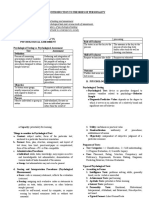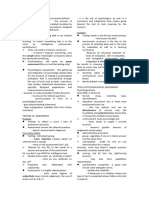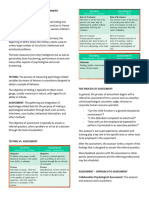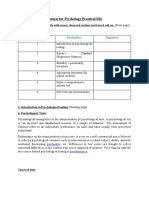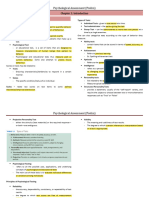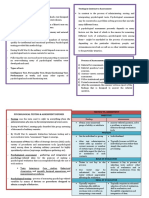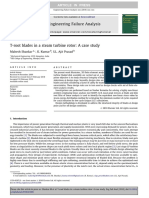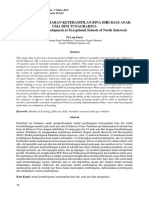0% found this document useful (0 votes)
28 views38 pagesPsychological Testing - Introduction
The document provides an overview of psychological testing and assessment, defining key concepts and differences between testing and assessment. It outlines various types of psychological tests, their uses across different settings, and the characteristics of effective tests, such as reliability and validity. Additionally, it discusses classical test theory and item response theory as frameworks for understanding test performance and evaluation.
Uploaded by
nasraaslam42Copyright
© © All Rights Reserved
We take content rights seriously. If you suspect this is your content, claim it here.
Available Formats
Download as PDF, TXT or read online on Scribd
0% found this document useful (0 votes)
28 views38 pagesPsychological Testing - Introduction
The document provides an overview of psychological testing and assessment, defining key concepts and differences between testing and assessment. It outlines various types of psychological tests, their uses across different settings, and the characteristics of effective tests, such as reliability and validity. Additionally, it discusses classical test theory and item response theory as frameworks for understanding test performance and evaluation.
Uploaded by
nasraaslam42Copyright
© © All Rights Reserved
We take content rights seriously. If you suspect this is your content, claim it here.
Available Formats
Download as PDF, TXT or read online on Scribd
/ 38




